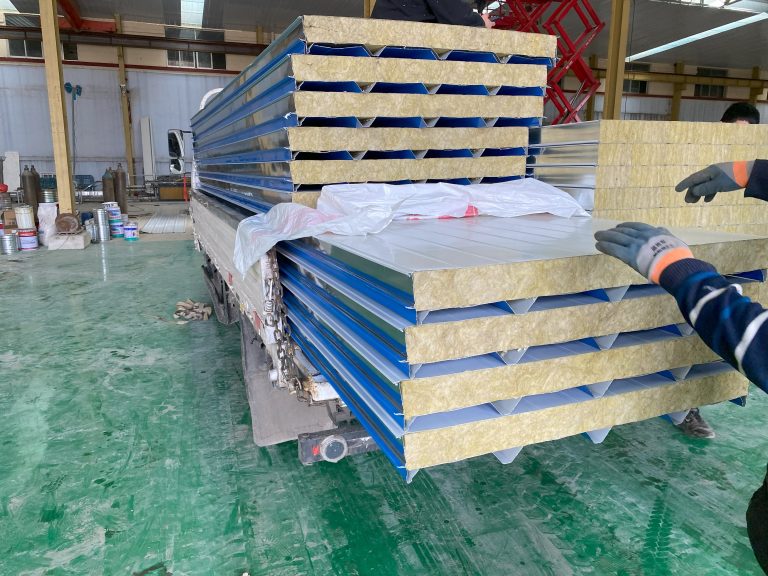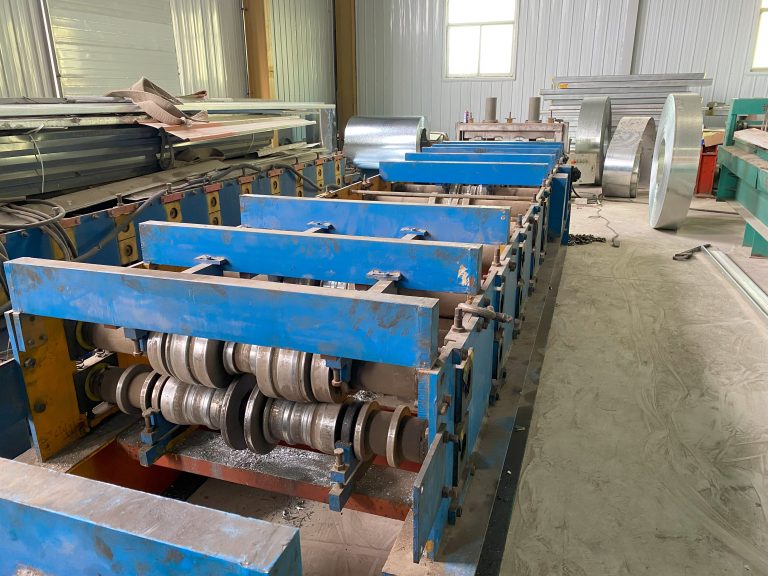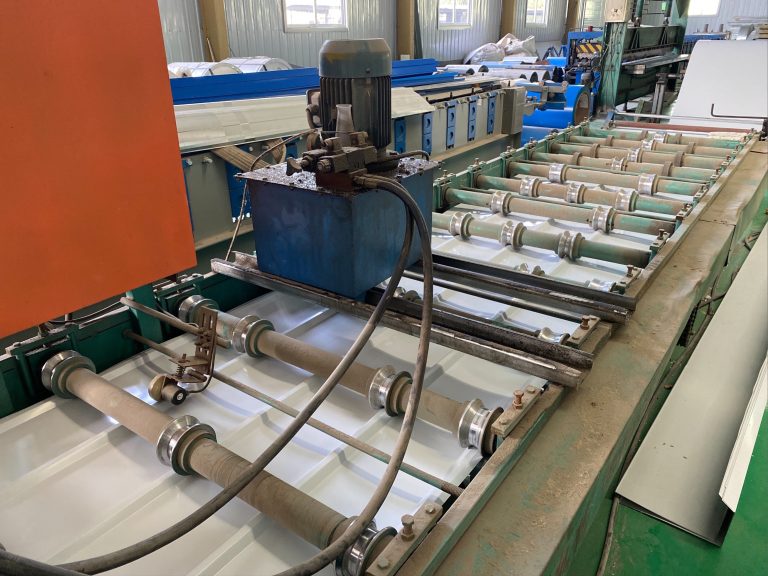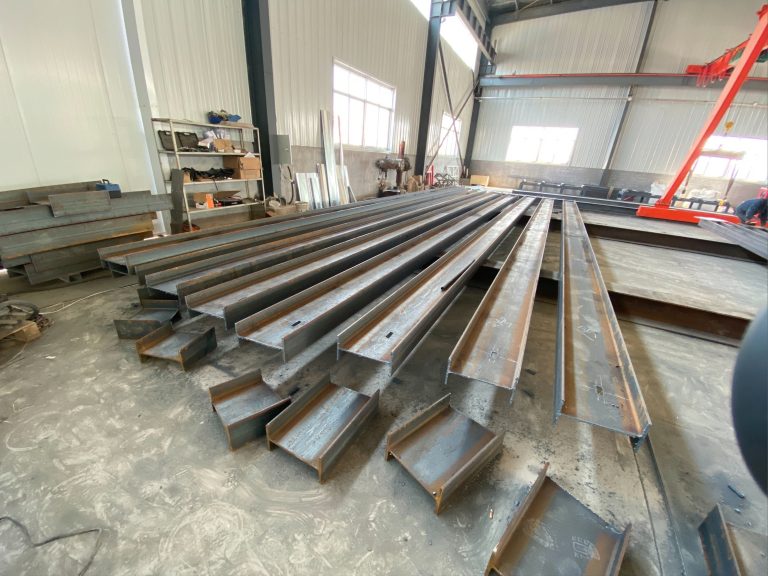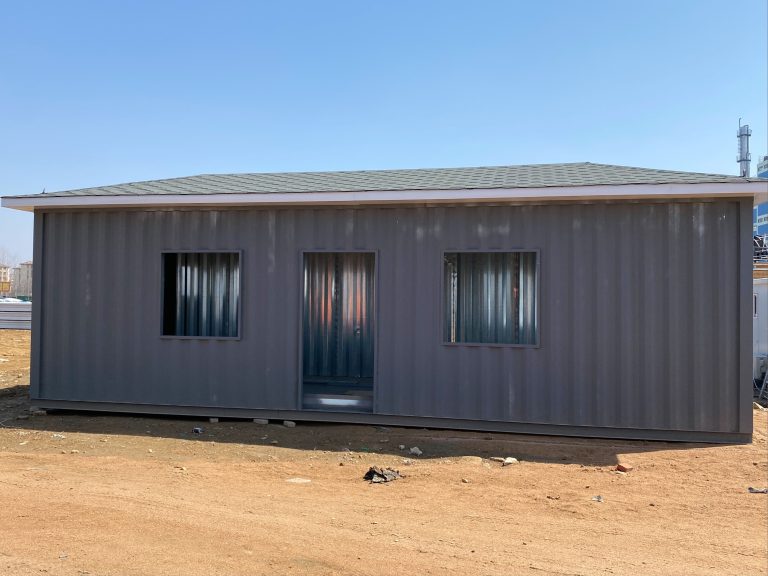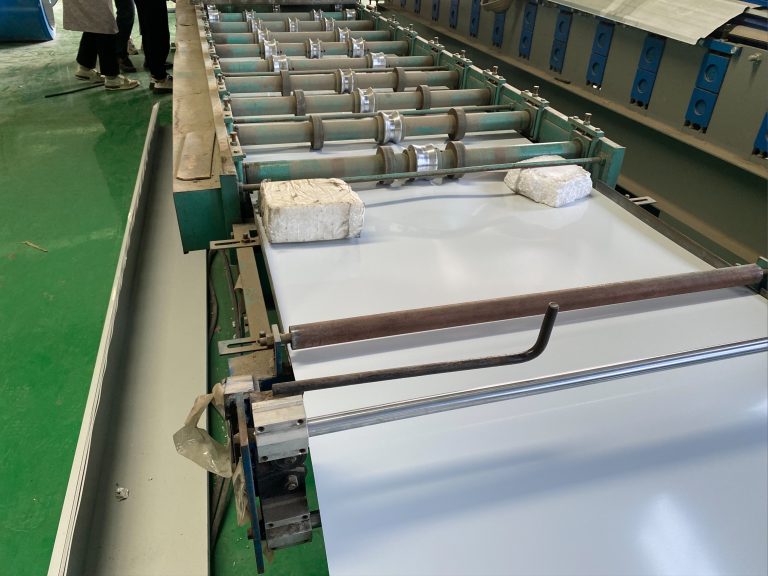Optimization strategy of steel structure in the construction of logistics storage facilities
Table of Contents
Benefits of Implementing Lean Manufacturing Principles in Steel Structure Optimization for Logistics Storage Facilities
Steel structures are a crucial component in the construction of logistics storage facilities. These structures provide the necessary support for the storage of goods and materials, ensuring the safety and efficiency of the facility. In order to maximize the benefits of steel structures in logistics storage facilities, it is important to implement lean manufacturing principles in the optimization strategy.
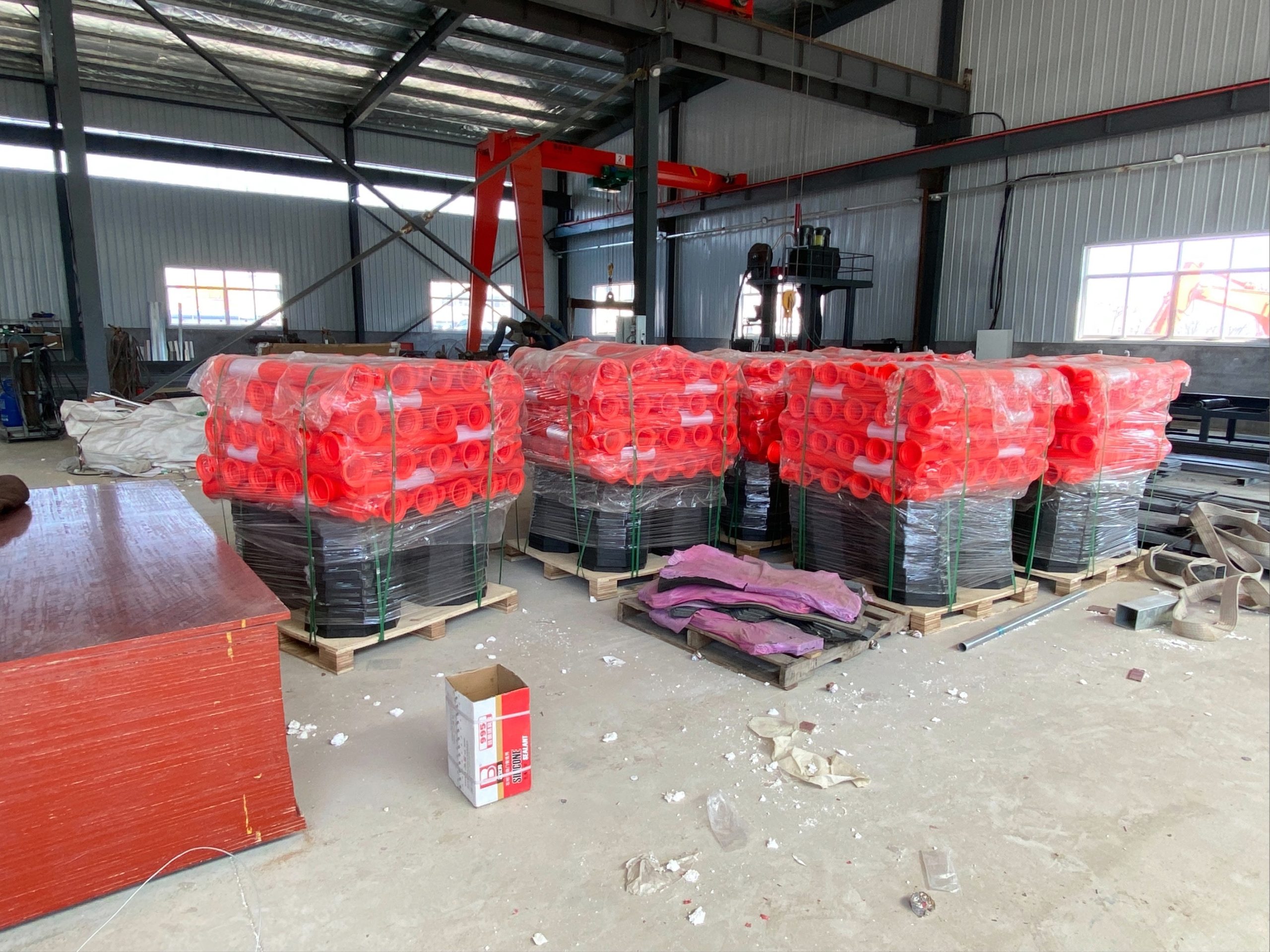
One of the key benefits of implementing lean manufacturing principles in steel structure optimization is the reduction of waste. By carefully analyzing the design and construction process, unnecessary materials and resources can be eliminated, leading to cost savings and increased efficiency. This not only benefits the bottom line of the project but also contributes to a more sustainable and environmentally friendly construction process.
Another benefit of implementing lean manufacturing principles in steel structure optimization is the improvement of overall quality. By focusing on streamlining processes and eliminating inefficiencies, the end result is a higher quality product that meets or exceeds industry standards. This is crucial in logistics storage facilities, where the safety and security of stored goods are of utmost importance.
Furthermore, implementing lean manufacturing principles in steel structure optimization can lead to increased productivity. By optimizing the design and construction process, time-consuming tasks can be minimized, allowing for faster completion of the project. This not only saves time but also allows for quicker occupancy of the facility, leading to faster return on investment.
In addition to these benefits, implementing lean manufacturing principles in steel structure optimization can also lead to improved safety. By carefully analyzing the design and construction process, potential hazards can be identified and mitigated, ensuring a safe working environment for construction workers and future occupants of the facility. This is especially important in logistics storage facilities, where heavy machinery and materials are often present.
Overall, the implementation of lean manufacturing principles in steel structure optimization for logistics storage facilities offers a wide range of benefits. From cost savings and increased efficiency to improved quality and safety, these principles can help to maximize the potential of steel structures in the construction of logistics storage facilities. By carefully analyzing the design and construction process, unnecessary waste can be eliminated, leading to a more sustainable and environmentally friendly construction process. Additionally, the focus on streamlining processes and eliminating inefficiencies can lead to higher quality products that meet or exceed industry standards. This, in turn, can lead to increased productivity and faster completion of projects, ultimately resulting in a quicker return on investment. Finally, the emphasis on safety ensures a secure working environment for construction workers and future occupants of the facility. In conclusion, the implementation of lean manufacturing principles in steel structure optimization is essential for the successful construction of logistics storage facilities.
Case Study: Successful Application of Advanced Simulation Tools for Optimizing Steel Structure Design in Logistics Storage Construction
Steel structures are a common choice in the construction of logistics storage facilities due to their durability, strength, and cost-effectiveness. However, optimizing the design of steel structures in such facilities is crucial to ensure efficient use of materials and resources. In this article, we will discuss the optimization strategy of steel structure in the construction of logistics storage facilities, focusing on the successful application of advanced simulation tools.
One of the key factors in optimizing the design of steel structures is to consider the specific requirements of the logistics storage facility. This includes factors such as the size and weight of the stored goods, the layout of the facility, and the environmental conditions in which the structure will be located. By taking these factors into account, engineers can design a steel structure that is tailored to the needs of the facility, maximizing efficiency and minimizing waste.
Advanced simulation tools play a crucial role in the optimization of steel structures in logistics storage facilities. These tools allow engineers to create detailed models of the structure and simulate various scenarios to determine the most efficient design. By using simulation tools, engineers can analyze the performance of different design options, identify potential weaknesses, and make informed decisions to optimize the structure.
One of the key benefits of using simulation tools in the optimization of steel structures is the ability to test the performance of the structure under different loading conditions. This allows engineers to ensure that the structure can withstand the weight of the stored goods and any external forces that may be applied to it. By simulating various loading scenarios, engineers can identify potential areas of weakness in the design and make adjustments to improve the overall performance of the structure.
Another important aspect of optimizing steel structures in logistics storage facilities is the use of advanced materials and construction techniques. By using high-strength steel and innovative construction methods, engineers can create structures that are lighter, stronger, and more cost-effective than traditional designs. This not only improves the efficiency of the structure but also reduces the environmental impact of the construction process.
In a recent case study, a logistics storage facility successfully applied advanced simulation tools to optimize the design of its steel structure. By using detailed models and simulations, engineers were able to identify areas where the structure could be improved and make adjustments to enhance its performance. As a result, the facility was able to reduce material waste, improve structural integrity, and increase overall efficiency.
In conclusion, the optimization of steel structures in the construction of logistics storage facilities is essential to ensure efficient use of materials and resources. By considering the specific requirements of the facility, using advanced simulation tools, and incorporating innovative materials and construction techniques, engineers can create structures that are tailored to the needs of the facility and maximize efficiency. The successful application of advanced simulation tools in a recent case study demonstrates the benefits of optimizing steel structures in logistics storage construction, highlighting the importance of using technology to improve the design and performance of structures in the industry.

